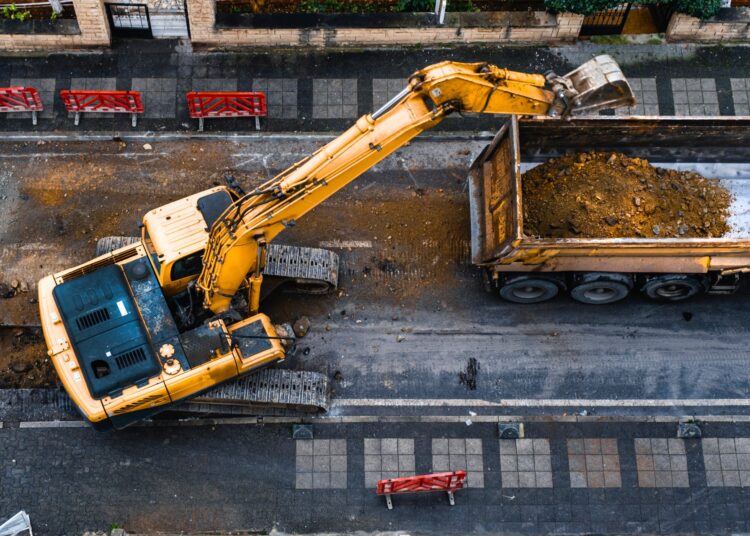Efficiently managing construction equipment is key to improving profitability in any construction-related operation. Businesses push for higher returns while cutting costs, and understanding how to maximize ROI from construction equipment can help strike this balance. By aligning cost management with performance optimization, you create room for sustained long-term efficiency.
Assess Equipment Utilization Regularly
Regularly assessing equipment usage frequency and effectiveness helps identify inefficiencies. Machinery that is linked to projects or remains idle wastes resources and capital. Periodic evaluation of performance metrics enables decisions on whether to redeploy, maintain, or retire inefficient machinery.
Quick Tip: Categorize equipment based on use and demand frequency. Prioritize maintenance for high-demand units and reassess the allocation of underused ones.
Choose Versatile Machinery
When it’s time to replace your machinery, choose equipment that serves multiple purposes. The adaptability of construction equipment reduces both the need for additional investments and storage costs. It simplifies project management and boosts operational agility.
For instance, investing in machinery compatible with attachments or adjustable configurations expands functionality. This flexibility enhances productivity across a range of construction activities without requiring frequent new purchases.
Stay Proactive With Maintenance
Unplanned equipment breakdowns can halt progress and inflate operating costs. Maintaining a proactive service schedule helps minimize unexpected downtime while extending the machinery’s lifecycle.
- Perform routine checks on high-friction components.
- Update parts prone to wear before they impact performance.
- Monitor fluid levels to prevent engine or hydraulic issues.
Quick Tip: Implement predictive maintenance analytics to catch hidden issues before they arise.
Monitor Total Ownership Costs
The initial purchase price of a machine often pales in comparison to its lifetime operating cost. Evaluate the total cost of ownership (TCO), including fuel, maintenance, insurance, and storage.
Reducing these costs directly improves ROI. Replace fuel-inefficient models that have higher energy expenses. Choosing fuel-efficient equipment provides long-term financial savings.
Optimize Attachments For Specialized Tasks
Efficient handling of specialized tasks often depends on choosing the right attachments. For tasks that require enhanced precision, specialized tools reduce redundancy and operator fatigue. For example, pipe lifting attachments can aid in efficient handling time while improving accuracy. A reliable attachment reduces errors and accelerates task completion.
Quick Tip: Maintain compatibility across different machinery to ensure attachments can serve multiple purposes.
Supervise Appropriate Training
A well-trained workforce ensures greater productivity and reduced operational risks. Operators who understand machinery capabilities optimize its utility while adhering to safety standards.
- Conduct regular skill assessments.
- Offer training focused on using upgraded models.
- Brief employees on recognizing early warning signs of mechanical issues.
Knowledgeable utilization prevents unwarranted strain on equipment, saving on repair costs.
Invest in Advanced Technology
Upgrade existing fleet systems to integrate advanced technologies, such as telematics or GPS tracking. These tools provide real-time equipment data for monitoring fuel consumption, hauling efficiency, and route optimization.
Technology also boosts safety, minimizing operational risks and protecting machinery from mismanagement. Augmenting older equipment with innovative tech solutions can modernize function without requiring expensive replacements.
Focus on Longevity
Long-term planning for machinery usage and replacement schedules guarantees lasting benefits. Maintaining a clear roadmap for upgrading aging fleets while maximizing daily productivity protects organizational budgets from unforeseen expenses.
Make sustainable choices aligned with business growth goals. Improving operational strategies today ensures reliable outcomes as projects become more complex.
If you’re looking to maximize ROI on construction equipment, blending consistent maintenance protocols with strategic equipment allocation keeps costs under control while optimizing on-site performance. Align these strategies with operational goals for greater productivity and profitability.














































































